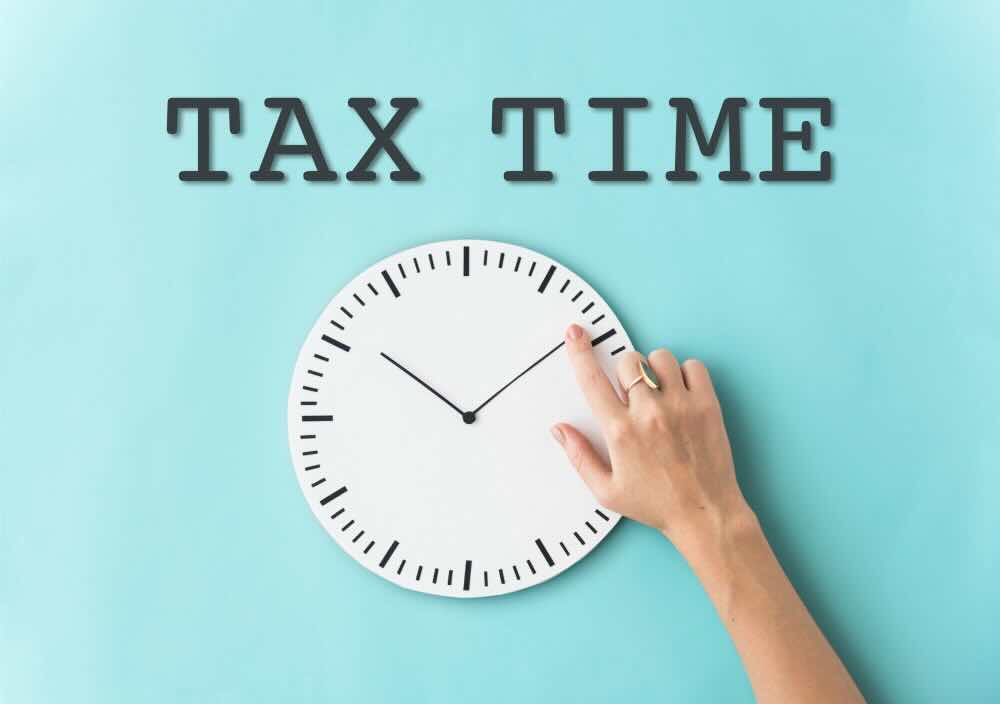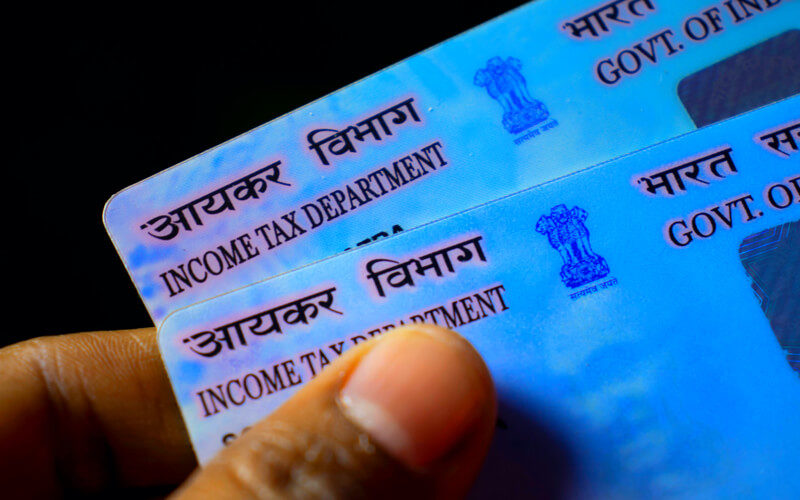

Can You Carry Forward Losses When Filing Income Tax Return (ITR) Late?
Profit and loss are integral parts of any financial journey. While losses are undesirable, the Indian Income-tax Act provides taxpayers with some relief by allowing the set-off and carry-forward of losses under specific conditions. Let’s delve into the provisions for set-off and carry-forward of losses to understand how they can benefit taxpayers.
Set-Off of Losses
The set-off of losses involves adjusting the losses against profits or income earned during the same financial year. If the losses cannot be fully adjusted, they may be carried forward to subsequent years for future adjustments. The set-off can occur as:
1. Intra-Head Set-Off
Losses from one source of income can be adjusted against income from another source under the same head of income. For example:
- Loss from Business A can be set off against profit from Business B, where both fall under the “Business” head of income.
Exceptions to Intra-Head Set-Off:
- Speculative business losses: Can only be set off against profits from speculative businesses.
- Losses from owning and maintaining racehorses: Can only be set off against similar income.
- Long-term capital losses: Can only be set off against long-term capital gains. Short-term capital losses, however, can be set off against both short-term and long-term capital gains.
- Losses from specified businesses: Can only be adjusted against profits from similar specified businesses.
2. Inter-Head Set-Off
After intra-head adjustments, remaining losses can be set off against income from other heads. For instance:
- Loss from house property can be set off against salary income.
Notable Rules for Inter-Head Set-Off:
- Loss from house property can be set off against income from any head, up to a limit of Rs 2,00,000.
- Business losses (other than speculative business) can be set off against any head of income, except salary.
Losses that cannot be set off against any other head of income include:
- Speculative business losses
- Specified business losses
- Capital losses
- Losses from owning and maintaining racehorses
- Losses from lotteries, gambling, or similar activities
- Losses from exempted sources of income
Carry Forward of Losses
After attempting both intra-head and inter-head adjustments, unadjusted losses can be carried forward to future years. However, the rules for carrying forward losses vary depending on the head of income:
1. Loss from House Property
- Can be carried forward for up to 8 assessment years.
- Can only be set off against income from house property.
- Can be carried forward even if the ITR is filed belatedly.
2. Other Types of Losses
- Business losses (non-speculative): Can be carried forward for 8 years, but only if the ITR is filed on time.
- Speculative business losses: Can be carried forward for 4 years.
- Capital losses: Can be carried forward for 8 years, subject to specific conditions.
- Losses from owning and maintaining racehorses: Can be carried forward for 4 years.
Understanding the New vs. Old Tax Regime
The treatment of losses varies significantly between the old and new tax regimes. Let’s consider an example:
Example: Mr. Ramesh’s Income Details (FY 2023-24)
- Income from Salary: Rs 4,20,000
- Loss from Let-Out Property: Rs –2,30,000
- Business Loss: Rs –1,20,000
- Bank Interest Received: Rs 85,000
Computation Under the Old Tax Regime:
| Particulars | Amount (Rs) |
|---|---|
| Income From Salary | 4,20,000 |
| Less: Loss from house property (–2,00,000) | –2,00,000 |
| Income from Other Sources (Interest) | 85,000 |
| Less: Business Loss Set-Off (–85,000) | –85,000 |
| Gross Total Income | 2,20,000 |
Notes:
- The remaining house property loss of Rs 30,000 is carried forward to the next year.
- The remaining business loss of Rs 35,000 is carried forward for future set-off.
Computation Under the New Tax Regime:
| Particulars | Amount (Rs) |
| Income From Salary | 4,20,000 |
| Income from Other Sources (Interest) | 85,000 |
| Less: Business Loss Set-Off (–85,000) | –85,000 |
| Gross Total Income | 4,20,000 |
Notes:
- Loss from house property cannot be set off against other income. The entire Rs 2,30,000 is carried forward for future set-off.
- The remaining business loss of Rs 35,000 is carried forward for future set-off.
Key Takeaways:
- Timely Filing is Crucial: To carry forward losses (other than house property), the ITR must be filed before the due date.
- Choose the Tax Regime Wisely: Understand the implications of the old and new tax regimes on loss set-off and carry-forward.
- Maintain Records: Keep proper documentation of losses to claim adjustments and carry-forward in subsequent years.
By leveraging these provisions effectively, taxpayers can mitigate the impact of financial losses and optimize their tax liability.












